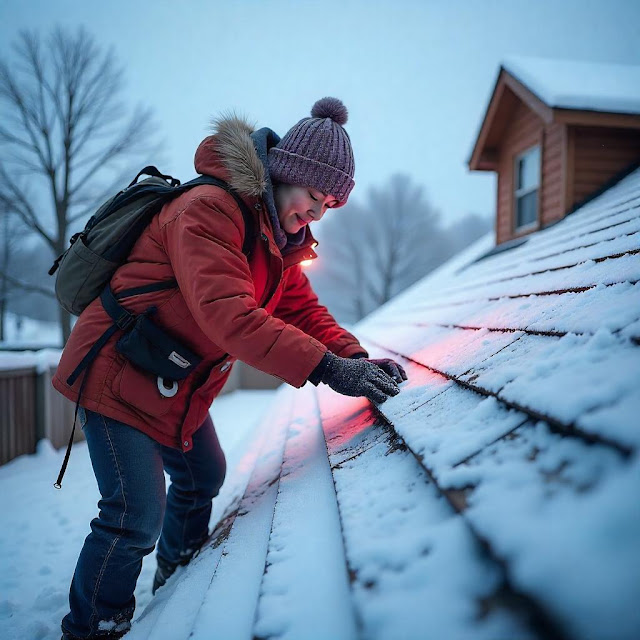When it comes to protecting your home, few things are as critical as a properly installed roof. Whether you're building a new home or replacing an old, worn-out roof, understanding the roof installation process can help you make informed decisions, avoid costly mistakes, and ensure your home stays safe for years to come.
 |
| Roof Installation |
Why Proper Roof Installation Matters
A roof does more than just shield you from the elements. It plays a vital role in:
- Insulating your home, improving energy efficiency
- Preventing water damage that can lead to mold or structural issues
- Increasing your home’s value and curb appeal
A poorly installed roof can lead to leaks, premature wear, and higher long-term costs. That's why it's essential to work with licensed, experienced roofing contractors.
 |
| Roof Installation Process |
Step-by-Step Roof Installation Process
Here’s what you can expect during a typical roof installation:
1. Inspection and Planning
Before any materials are brought in, a thorough inspection of your existing roof is conducted. This helps determine the right roofing materials and ensures the structure beneath is sound.
2. Tear-Off (if replacing)
For a replacement, your old shingles or roofing material are removed. This exposes the roof deck so any damage underneath can be repaired before continuing.
3. Deck Preparation
The roof deck is inspected and reinforced if needed. A solid foundation is essential for a long-lasting roof.
4. Underlayment Installation
A water-resistant barrier (underlayment) is laid down to provide an extra layer of protection against moisture and ice.
5. Shingle or Material Installation
Now the roofing material (shingles, metal, tile, etc.) is installed carefully and systematically, ensuring proper alignment, fastening, and sealing.
6. Flashing & Ventilation
Flashing is installed around chimneys, vents, and valleys to prevent water seepage. Proper ventilation systems are also added to help regulate temperature and humidity in the attic.
7. Final Inspection
Once the work is done, a final inspection ensures everything is up to code and installed correctly.
Choosing the Right Roofing Material
Different homes and climates call for different roofing solutions. Some popular options include:
- Asphalt Shingles – Affordable and versatile
- Metal Roofing – Long-lasting and energy-efficient
- Clay or Concrete Tiles – Durable and great for warm climates
- Slate – Elegant and long-lasting, but more expensive
A professional roofer can help you select the best material based on your budget, climate, and style preferences.
When Should You Schedule a Roof Installation?
Spring and fall are typically the best times for roof installation. These seasons offer mild weather conditions that help materials set properly. However, experienced roofing crews can handle installations year-round if necessary.Final Thoughts
A new roof is a big investment, but it’s also one of the smartest ways to protect your home. By understanding the installation process and working with trusted professionals, you can ensure a smooth experience and a roof that stands the test of time.
Need a roof installed? Contact our team today for a free consultation and find out why homeowners trust The Roofing Standard for expert craftsmanship and dependable service.
Comments
Post a Comment